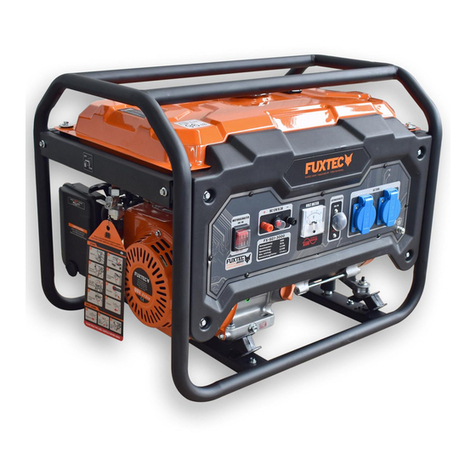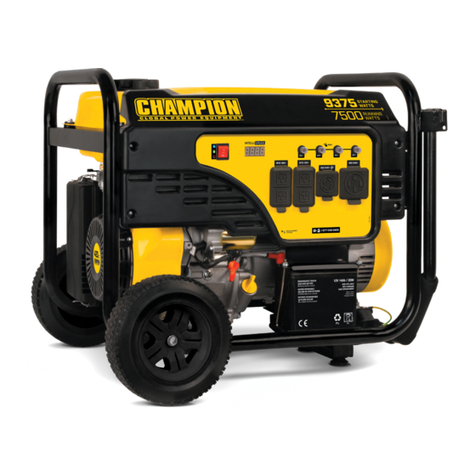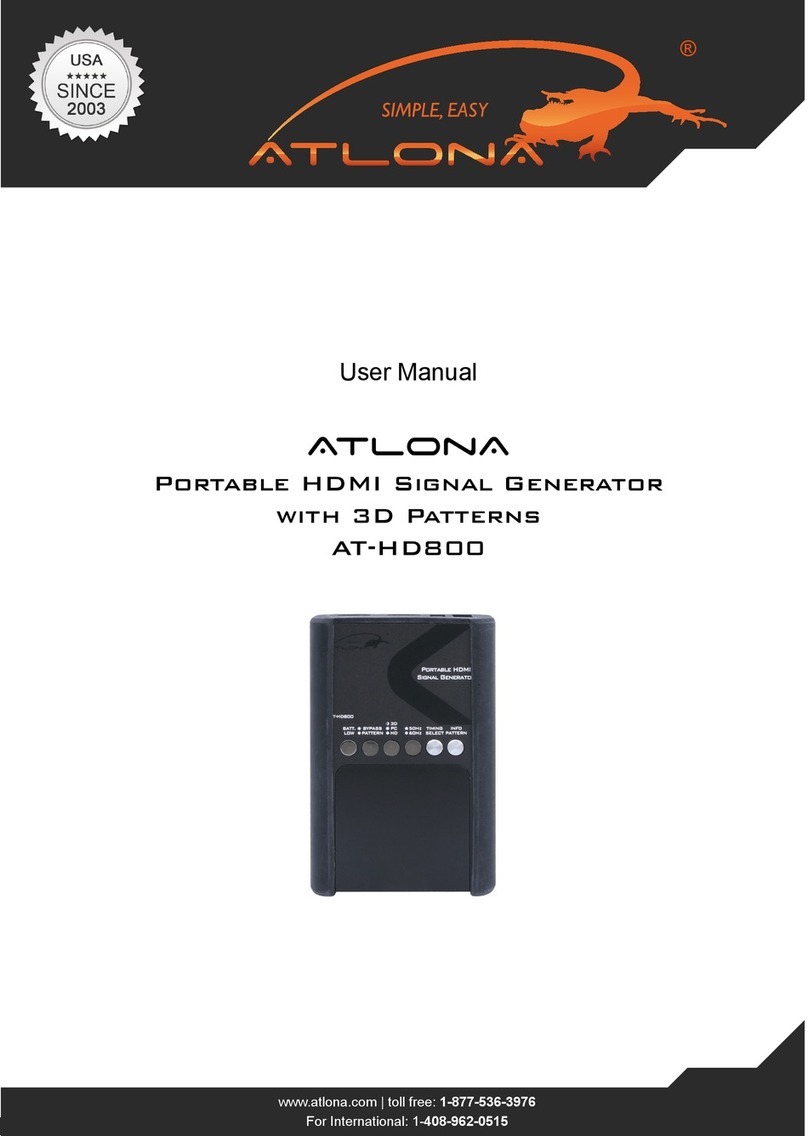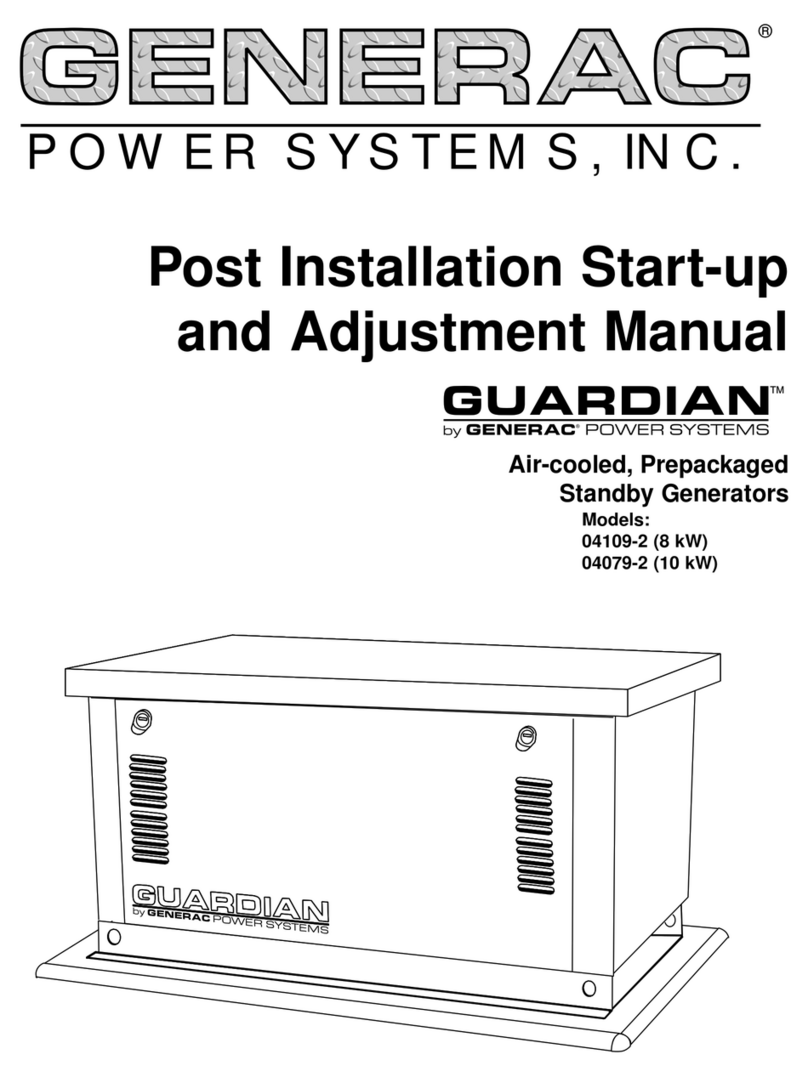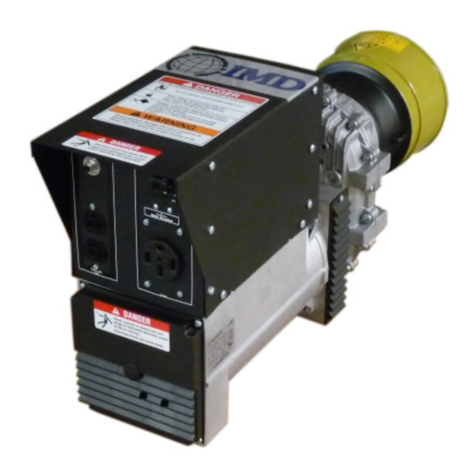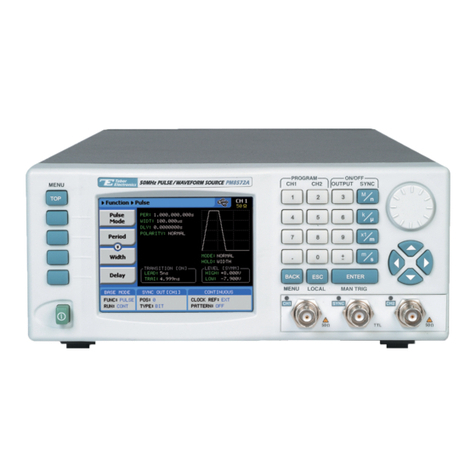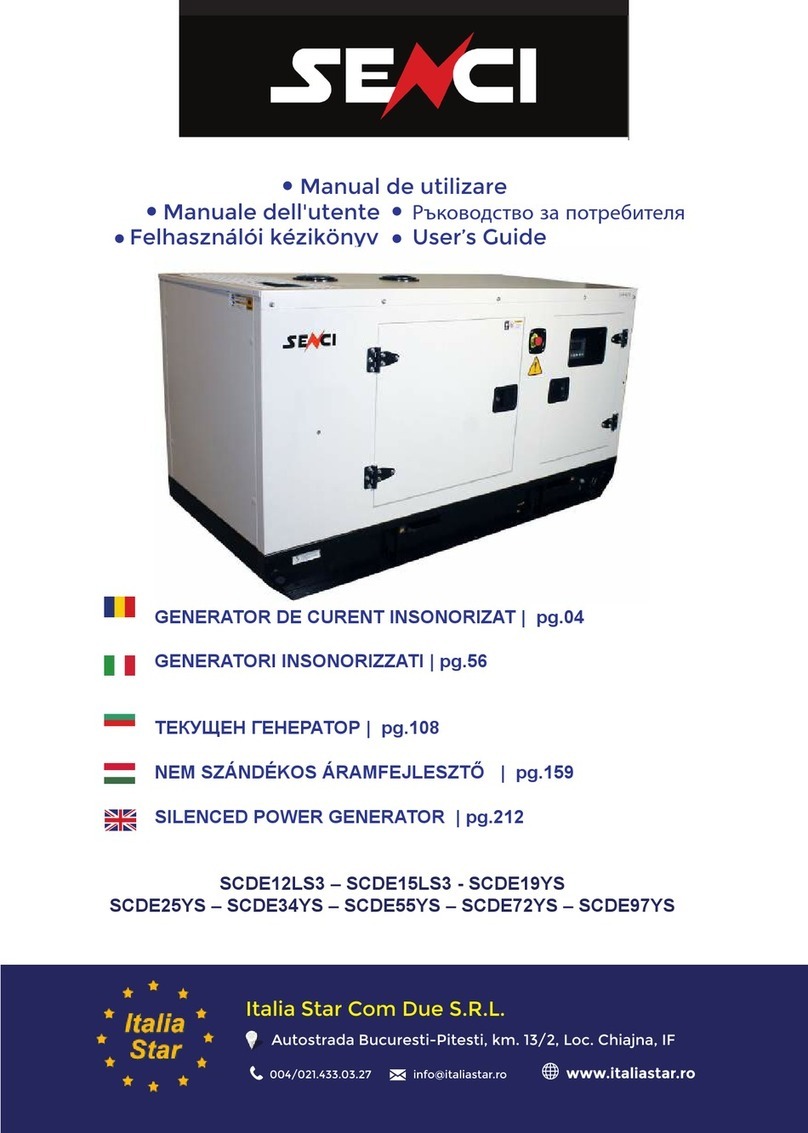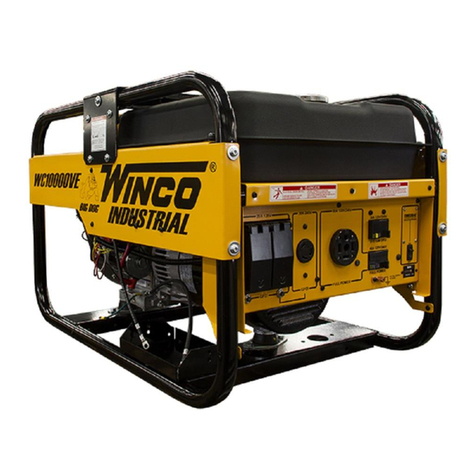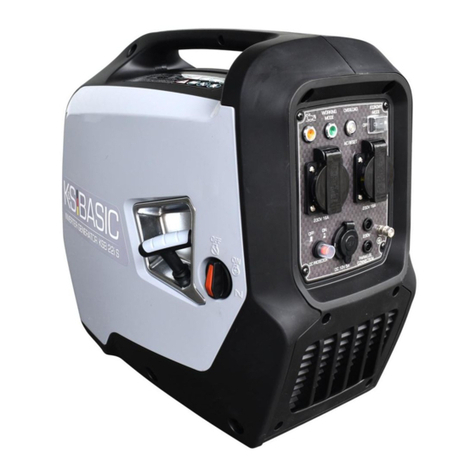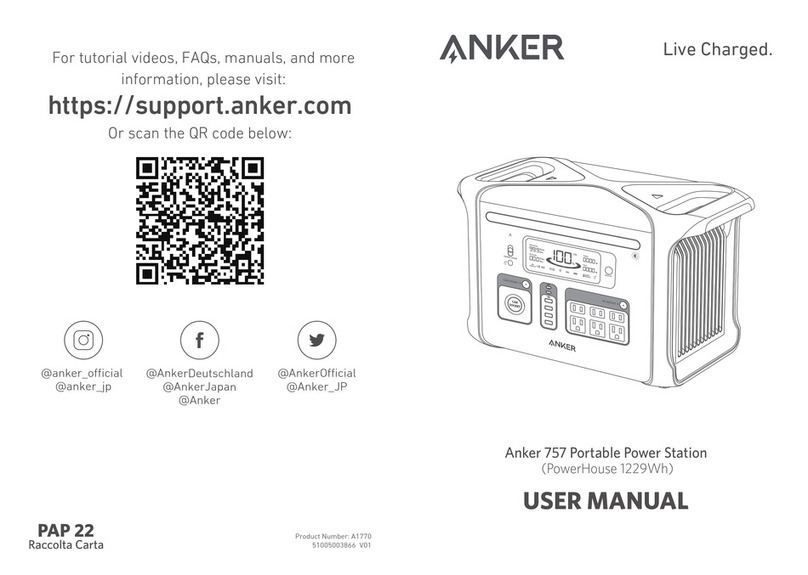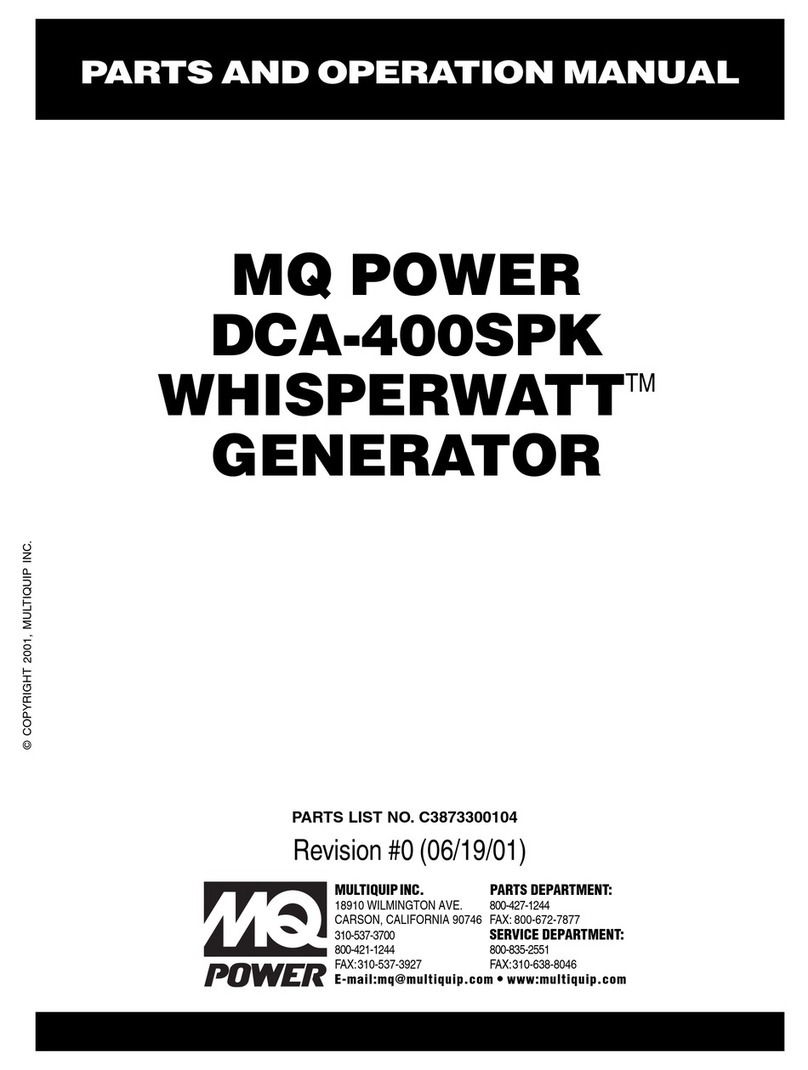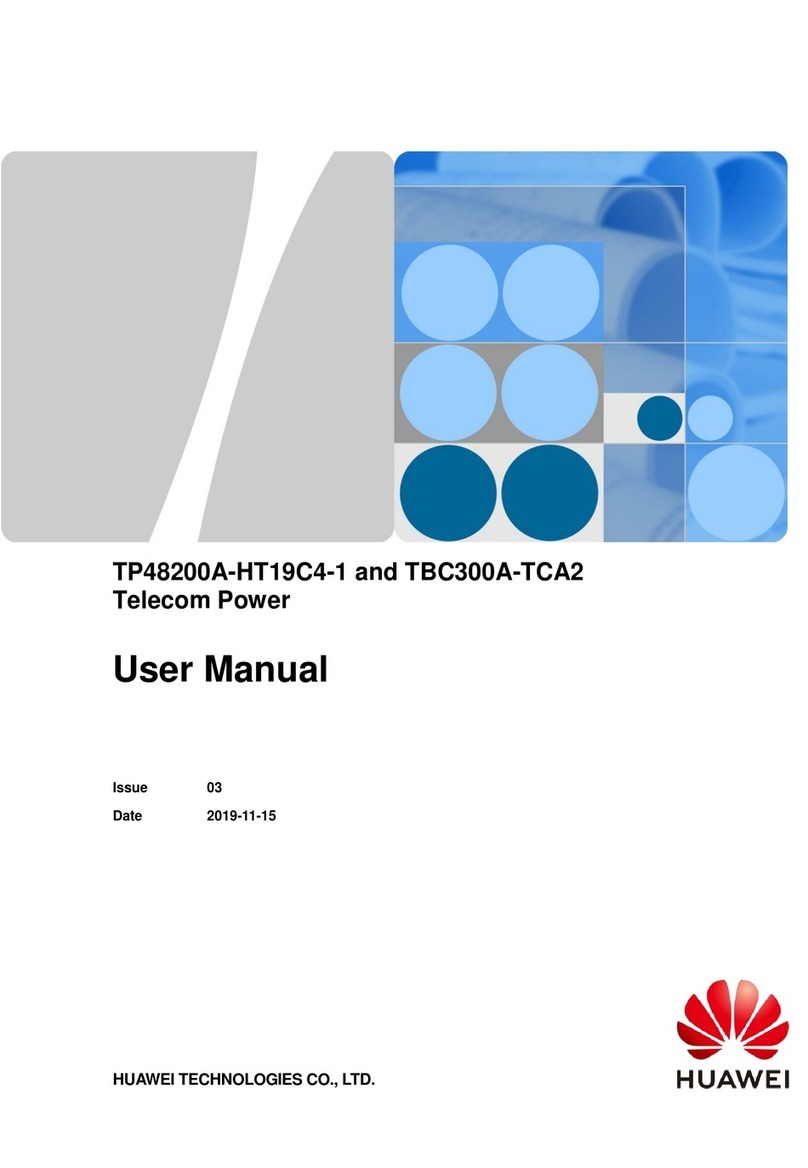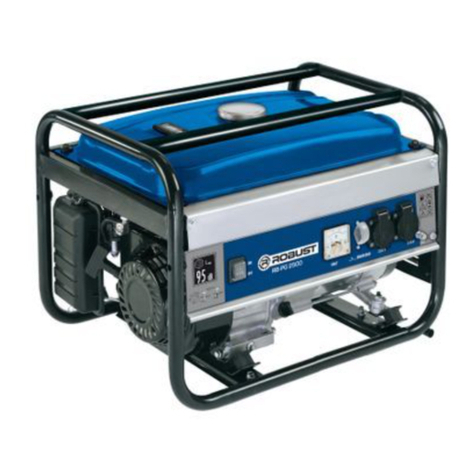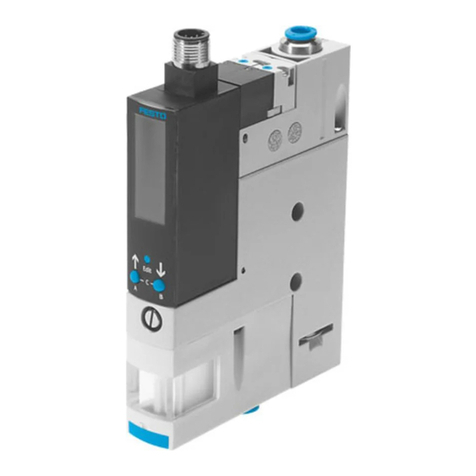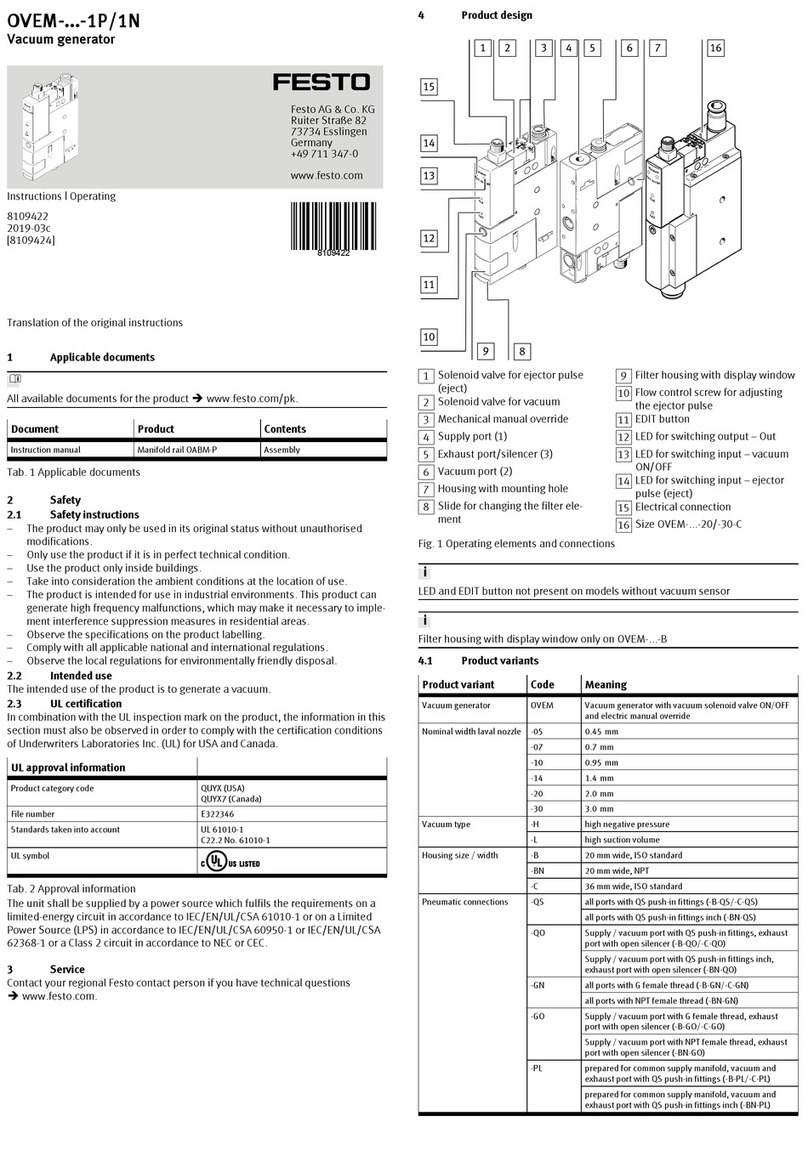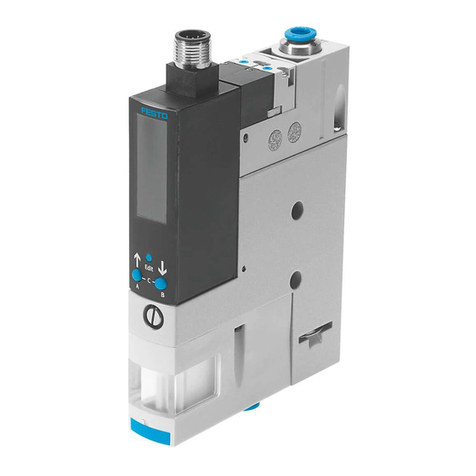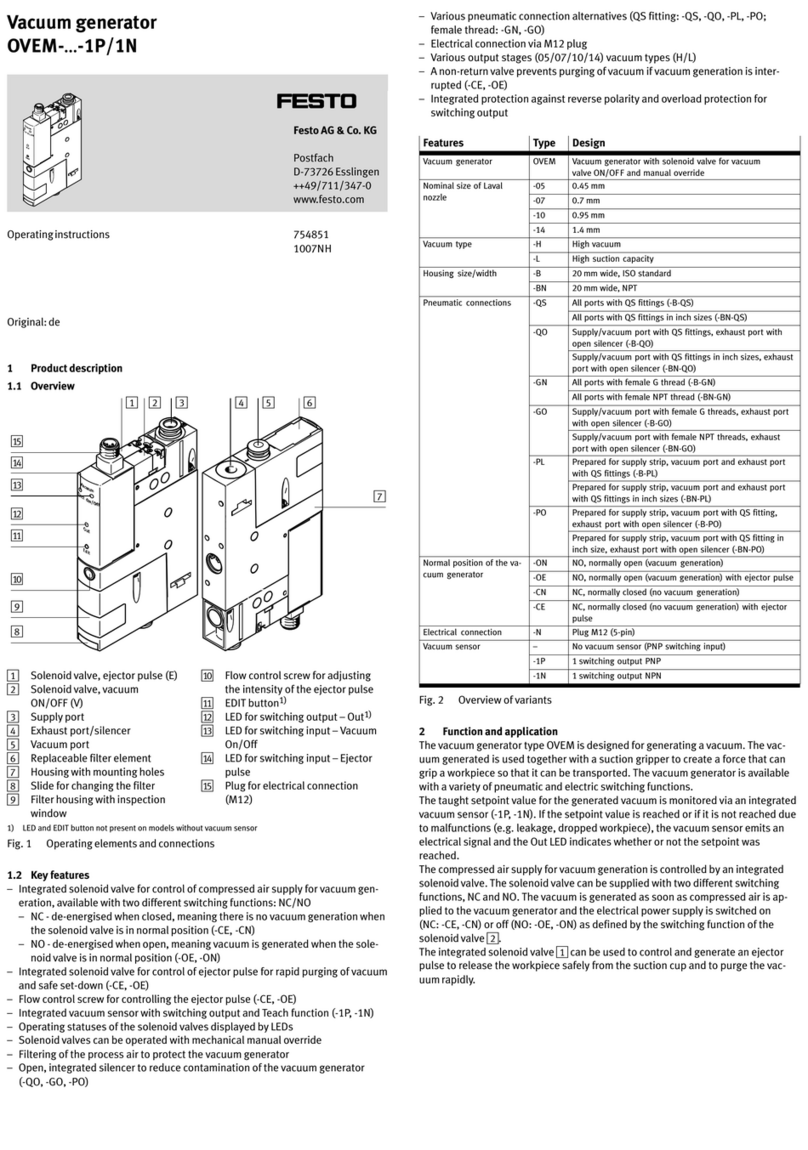
3Festo — VABF-S4-...-CB-VH/VL-... — 2019-05
1 About this document................................................................................................... 5
2 Safety........................................................................................................................... 5
2.1 Intended use................................................................................................................ 5
2.2 General safety instructions........................................................................................... 5
3 Product overview......................................................................................................... 6
3.1 Design........................................................................................................................... 6
3.2 Product variants........................................................................................................... 7
3.3 Display components..................................................................................................... 8
4 Function........................................................................................................................9
4.1 Function overview........................................................................................................ 9
4.2 Operating modes.......................................................................................................... 9
4.2.1 Data record mode................................................................................................... 9
4.2.2 PLC mode................................................................................................................9
4.3 Switching functions...................................................................................................... 9
4.4 Vacuum generation...................................................................................................... 10
4.5 Control of the vacuum function..................................................................................... 10
4.6 Valve control................................................................................................................ 11
4.7 Power ejector pulse (VABF-...-AP)................................................................................. 11
4.8 Air saving function........................................................................................................ 12
4.9 Monitoring and diagnostics.......................................................................................... 13
4.9.1 Monitoring the process...........................................................................................13
4.10 Measured variables...................................................................................................... 14
4.11 Teach-in function.......................................................................................................... 14
4.12 Operating statuses of the vacuum generator................................................................ 16
4.13 Emergency-stop function.............................................................................................. 17
4.14 Error state..................................................................................................................... 17
5 Installation.................................................................................................................. 18
5.1 Pneumatic installation.................................................................................................. 18
6 Commissioning............................................................................................................ 20
6.1 Commissioning the vacuum generator......................................................................... 20
6.2 Configure ejector pulse................................................................................................. 20
7 Operation and use....................................................................................................... 21
7.1 Operating manual override........................................................................................... 21
7.2 Teach-in via FMT........................................................................................................... 23
7.2.1 Teach clock cycle.................................................................................................... 23
7.2.2 Teach-in threshold value comparator..................................................................... 24
7.2.3 Teach-in window comparator..................................................................................24
7.3 Restoring factory settings............................................................................................. 25
8 Parameter description................................................................................................. 25
8.1 Module parameters...................................................................................................... 25
Table of contents




















